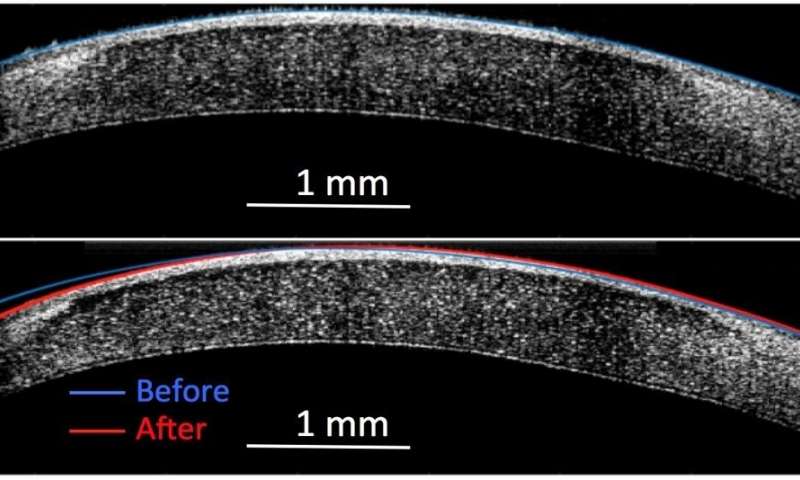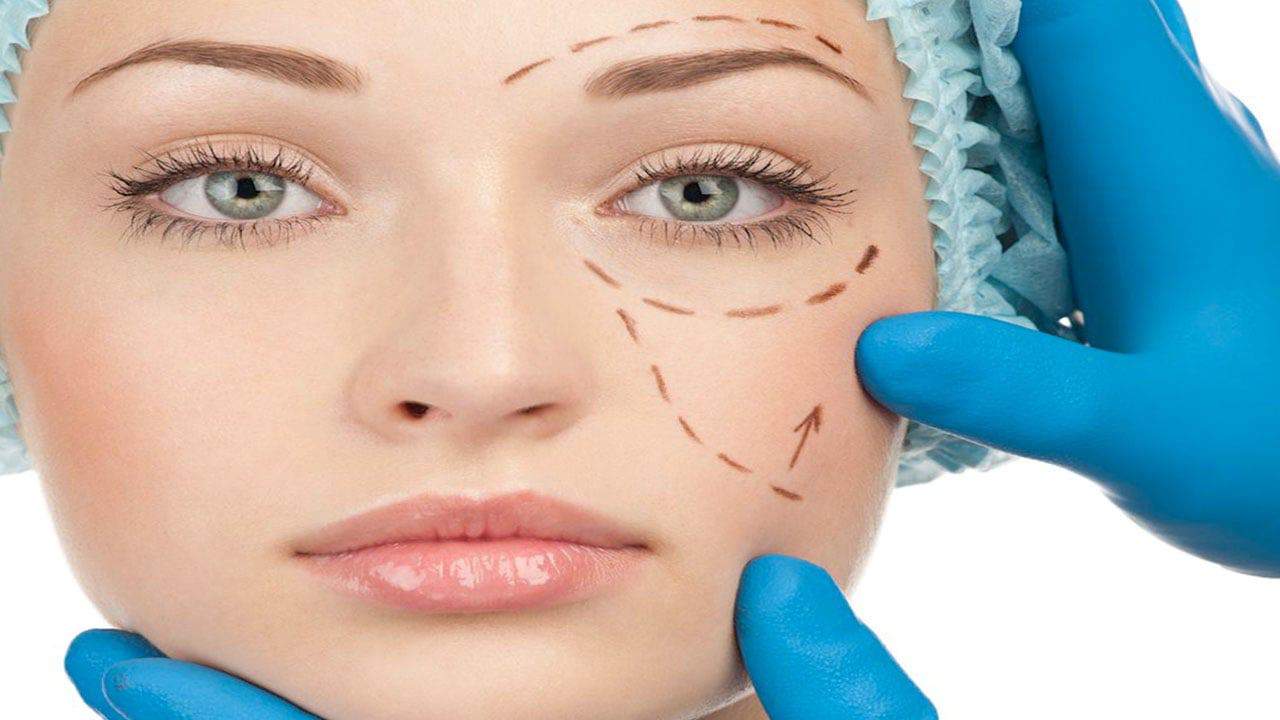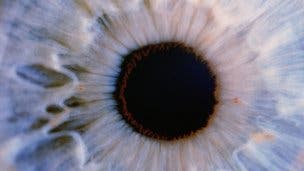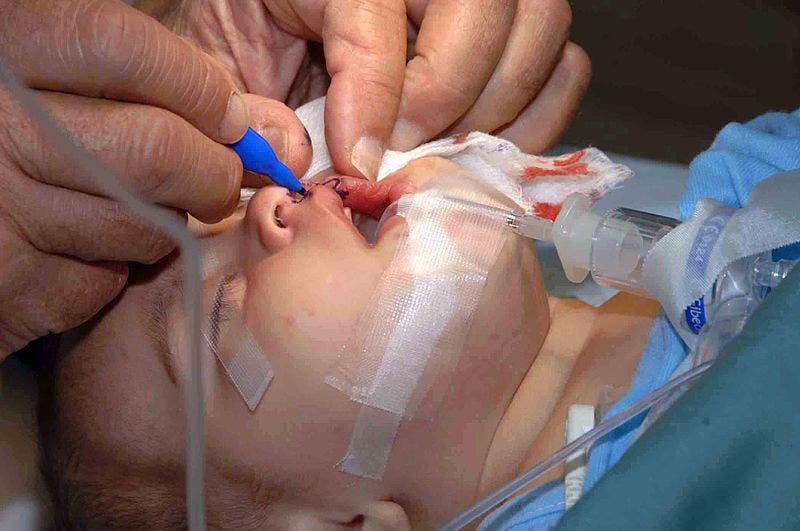
Plastic surgery often aims to make people look more aesthetically pleasing, but the operation itself is anything but pretty. In order to reshape a nose or ear, doctors have to cut and suture the target tissue. The patient then has to go through a lengthy recovery and risks scarring. But in the future, plastic surgery might be a lot safer, faster, and convenient, thanks to a new ‘molecular surgery’ technique that involves running electricity through cartilage, instead of cutting it with a scalpel. A 3-D printed mold placed over the target tissue reshapes the tissue under the desired shape.
“We envision this new technique as a low-cost office procedure done under local anesthesia,” said Michael Hill, a researcher at Occidental College and lead author of the new study. “The whole process would take about five minutes.”
Hill and colleagues invented the new technique by accident while they were looking for a way to reshape cartilage without destroying it. They first experimented with lasers but the researchers found that the method is expensive and impractical since the material couldn’t become malleable without killing cells at the same time. Instead of lasers, the researchers tried electricity and were amazed by their results — the cartilage loosened, becoming malleable, without any heat involved.
The structure of cartilage resembles spaghetti, being comprised of tiny rigid fibers that are randomly woven together by biopolymers. Cartilage also contains negatively charged proteins and positively charged sodium ions. When electricity is passed through the cartilage, water inside the tissue is electrolyzed, breaking the water molecules into oxygen and hydrogen ions. Since the positive charge of the protons cancels out the negative charge of the proteins, the density of the material is reduced, making the cartilage more malleable.
“Once the tissue is floppy,” Hill said, “you can mold it to whatever shape you want.”
The method was tested on rabbit’s ears. These normally stand upright but a mold placed on one of the ears bent the cartilage while an electrical current was applied to the tissue. Without the electricity running through the cartilage, the ear would have sprung back into its original upright position. After the mold was removed and the current running through microneedle electrodes into the ear was turned off, the cartilage hardened into a new shape.
Achieving the same outcome with traditional methods would have involved surgery that cuts through the skin and cartilage. This leads to inaesthetic scar tissue forming at the site of the incision. Molecular surgery, on the other hand, causes no scarring or pain.
Instead of rabbit’s ear, the same procedure could be used to fix a person’s nose, restore function to stiff joints, correct vision by altering the shape of the cornea or repair a deviated septum. The researchers are exploring licensing options with medical device companies, but it might take many years before plastic surgery reinvents itself.
The findings were presented at the American Chemical Society (ACS) Spring 2019 National Meeting & Exposition.






